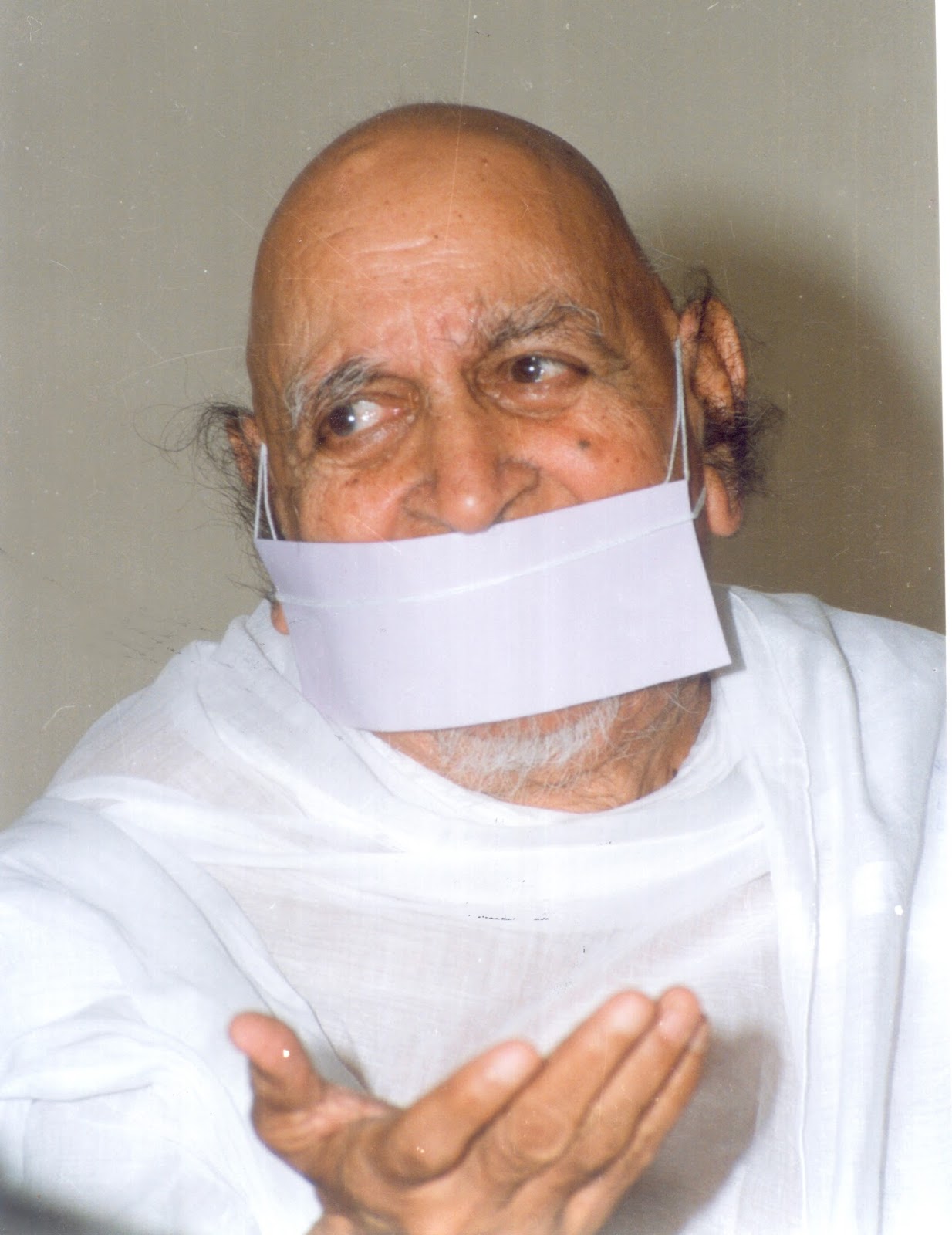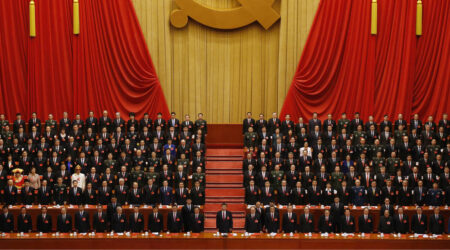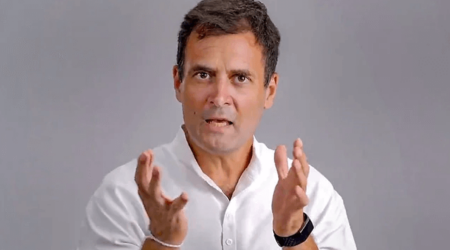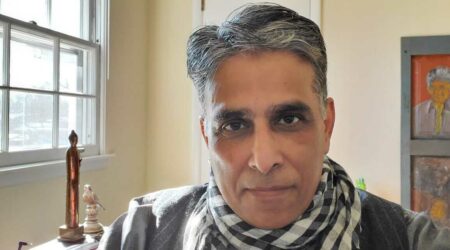By Ashok Jain
It is known that Acharya Shree Tulsi Ji launched the ‘Anuvrat’ movement on March 1, 1949. The movement was initiated as a non-sectarian, ethical-spiritual basis to enhance the self-esteem and promote self-restraint of individuals at that point in history. The movement emerged at a critical juncture in historical context in terms of a larger global perspective.
Let’s go back in Indian history about seventy-five years back, in 1947 when British rulers left after several decades of continued opposition, demonstrations and fights by patriotic Indians who contributed towards India’s freedom. In fact, the demonstrations, fights, and bloodshed continued after the first world war of 1918 to gain independence of India. These demonstrations were mainly to resolve the disputes left unsettled after World War I. Unfortunately, after the end of World War II, British rulers divided India based on religion when they left India. The deeply divided differences emerged with a demand of dividing Bharat. Those were extremely dark days; Bharat was divided into India and Pakistan. Social and political environment was very disturbing, people’s morals were at a very low point, bloodshed and fighting continued. Under those social and political conditions, it was important to boost the moral, remind the people about the fundamental right of human life. The only peaceful answer was to initiate the ‘Anuvrat’ movement in those dark days. We know by 1951 the environment was much more peaceful as India had its constitution and the public gained the confidence in the independent India.
History is fascinating, as a child, my teachers and elders constantly reminded me that we need to learn from our history. Unfortunately, world history is full of wars and conflicts since the era of cavemen evolved as tribes. The fundamental reason for war between two tribes was to demonstrate power and survival. It was easy to capture food and wealth from other tribe(s) rather than working hard to produce or grow the necessary things. History also reveals that people fight back for their rights to recover their lost properties and release their tribal personals captured by the other tribe. Therefore, the philosophy of ‘Anuvrat’ might have been initiated in early centuries and the concept might have evolved along with human civilization. I have been very curious to find when the term ‘Anuvrat’ was used for the first time in history, as this will provide some clue about human thoughts of self-awareness and self-discipline. Efforts of compiling early sacred literature transmitted orally, was first systematized in a council at Patna (Bihar) and Mathura (Uttar Pradesh), both cities are in northern India, during 4th century BCE and early 3rd century CE respectively. Early documents focus on male and mentions eight basic rules of behavior, which include avoidance of night eating, as well as a diet that excludes meat, wine, honey, and types of fruits and roots deemed to harbor life forms. There are 12 vows to be taken including five Anuvratas (described in next week’s article), three Gunavrats (three primer qualities or elements of matter) and four Shishavratas (education/
(This is first article of a three part series)

Ashok Jain is a professor of Biology at Albany State University (ASU), GA, USA, and program coordinator for Biotechnology program. Recently, the University System of Georgia selected four faculty members as ‘Leadership Fellow’ and Dr. Jain is one of them to receive this honor. Dr. Jain has secured 13.6 million in grants from various federal agencies such as NIH, DOD, and Congressional funding, which helped develop an epigenetic breast cancer research program and biotech core research facility. He is the recipient of ‘Researcher of the Year’ twice in 2012 and 2018. Dr. Jain also served on ASU-Darton College consolidation committee and as Director, Center for Undergraduate Research.










